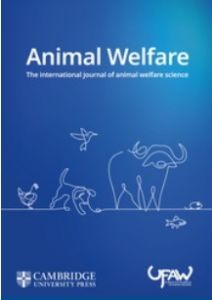Document type: scientific article published in Animal Welfare
Authors: Alicia Bartolomgé, Pau Carazo, Enrique Font
Preview: Zoos and aquaria are paying increasing attention to environmental enrichment, which has proven an effective tool for the improvement of animal welfare. However, several ongoing issues have hampered progress in environmental enrichment research. Foremost among these is the taxonomic bias, which hinders our understanding of the value of enrichment for neglected groups, such as reptiles. In this study, we evaluated the status of environmental enrichment for reptiles in European zoos using a survey approach. A total of 121 zoos (32% response rate) completed our main survey, focusing on the use of different enrichment types for reptiles. We found significant differences in the use and/or type of enrichment between reptile groups. Tortoises (family Testudinidae) and monitor lizards (genus Varanus) were the most enriched taxa while venomous snakes were the least. The enrichment types most used across taxa were structural/habitat design and dietary. A second, more detailed, questionnaire followed, where participants were questioned about specific enrichment techniques. A total of 42 enrichment methods were reported, with two being represented across all taxa: increasing structural/thermal complexity and enrichment objects. Finally, we present information from participating zoos on enrichment goals, assessment methods, sources of information for enrichment ideas, and whether enrichment for reptiles is considered essential and/or routinely implemented. Results suggest that, although usage is widespread across European zoos, our understanding of enrichment for reptiles needs to be re-evaluated, since many of the techniques reported tread a fine line between basic husbandry and actual enrichment.




